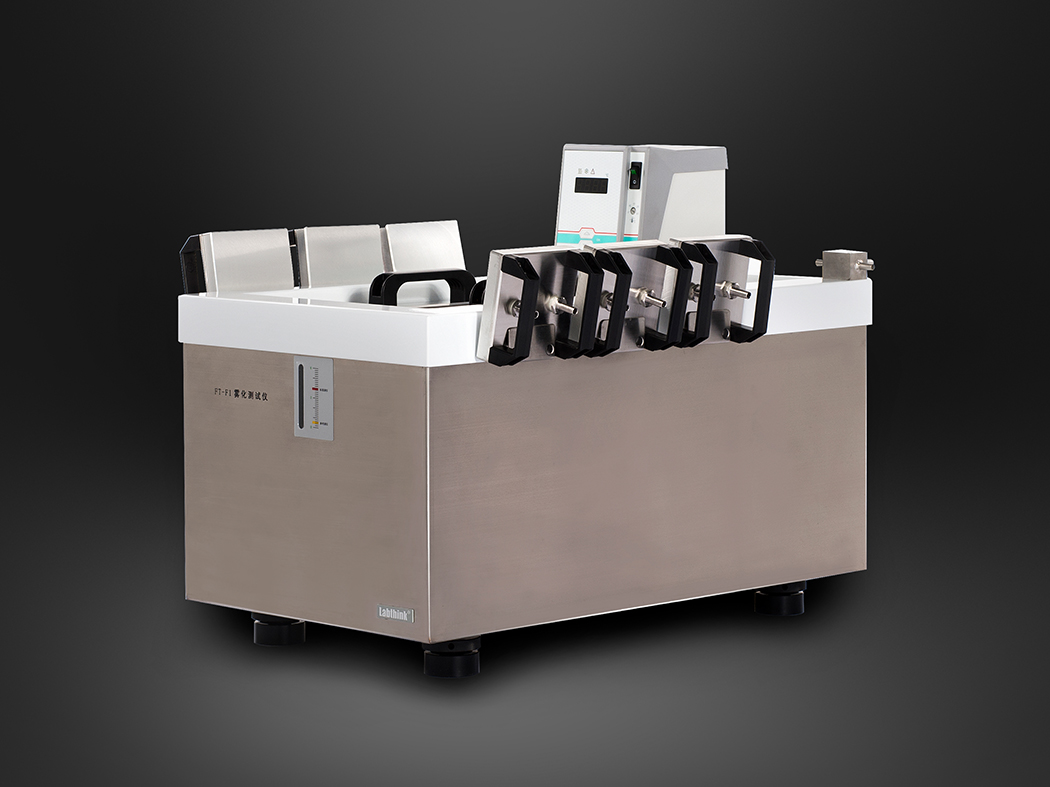Packaging Testing Instrument
FT-F1 Fogging Tester
FT-F1 fogging tester is professionally designed for the fogging characteristics evaluation of volatile constituents of decorating materials used in cars and aircrafts, e.g. plastic articles, polyurethane, textiles, leather, adhesives, nonwovens and thermal forming elastomers at high temperature conditions. It also could be used for the fogging phenomenon test of high intensity discharge (HID) headlamps of cars.
Brand: Labthink
Contact Us for better pricing.
Warranty Details

 SingaporeSG
SingaporeSG ChinaCN
ChinaCN MalaysiaMY
MalaysiaMY IndonesiaID
IndonesiaID MyanmarMM
MyanmarMM


